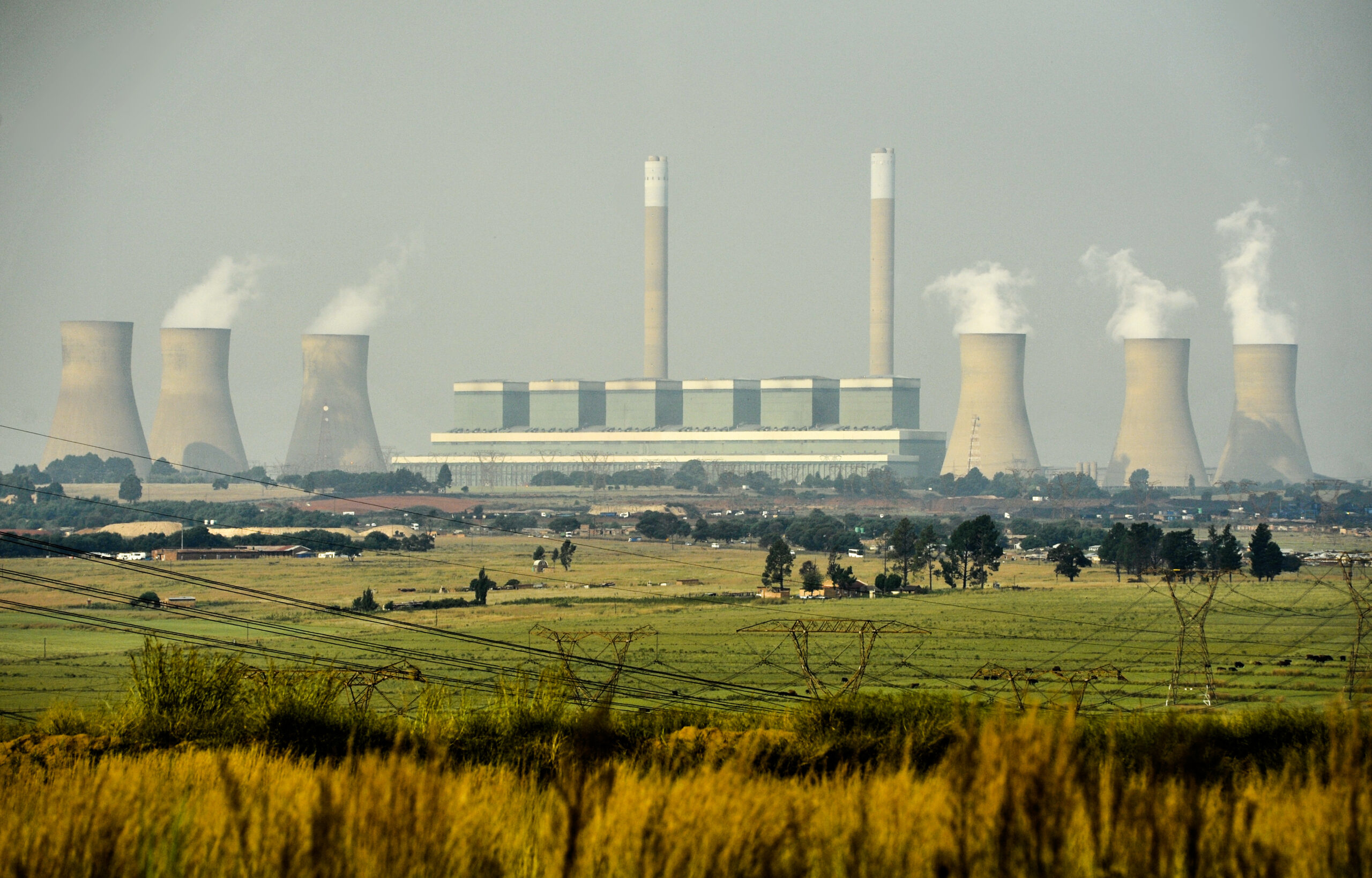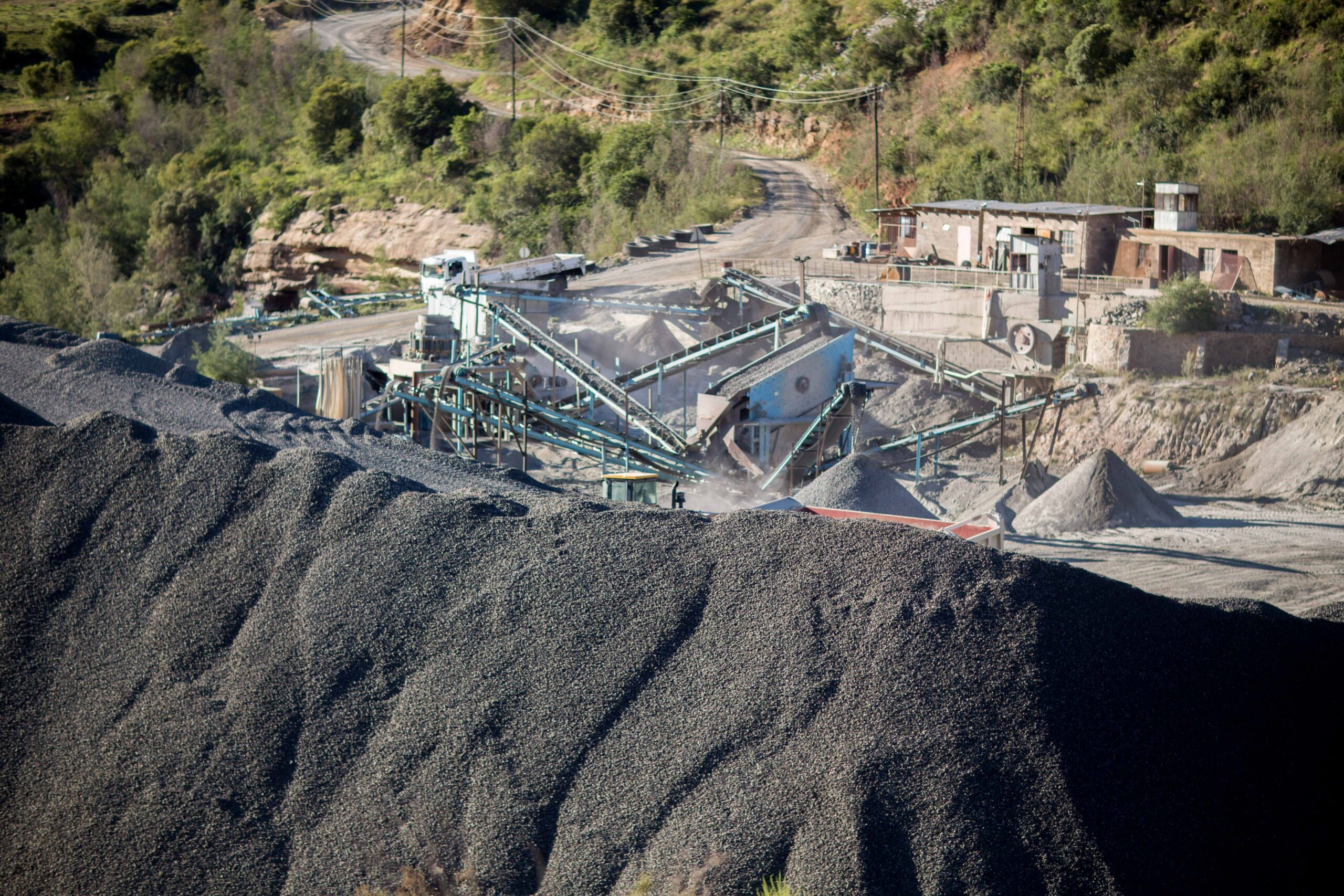Is natural gas renewable?
The place of natural gas in a clean energy future is hotly debated. But, there is a simple answer to whether natural gas is renewable.
Renewable energy sources are natural sources that do not run out. They replenish themselves faster than we can consume them. For example, the rate at which the Earth intercepts solar energy is about 10,000 times greater than the rate at which humans consume energy.
It is a similar principle with wind power. Building more wind turbines will not use up all available wind. Scientists estimate that three million square kilometres of open ocean in the North Atlantic holds enough wind power potential to meet the entire Earth’s electricity needs in the winter months. Renewable generation sources like wind can keep delivering power for an infinite amount of time without any risk of running out. Our ability to build and maintain generation capacity is what limits our potential to harness this infinite source of power, not the power source itself.
Is natural gas renewable by this definition? No. If you use a gigawatt of wind or solar power one day, there will be just as much wind or sun available the following day. If you use a gigawatt of gas-generated electricity, the gas that created it has gone for good – at least for your lifetime and many more to come.
Fossil fuels and carbon dioxide
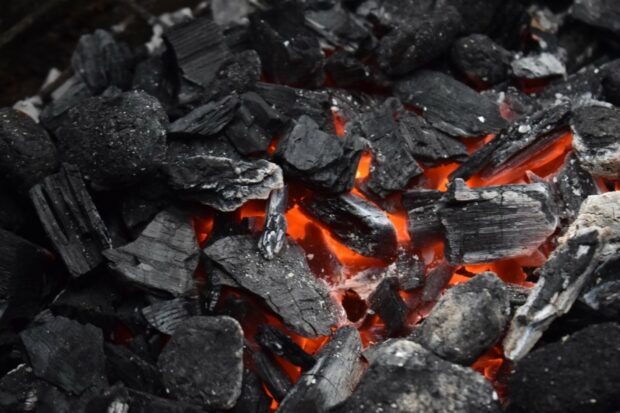
Most non-renewable energy sources are fossil fuels. All fossil fuels are formed from the remains of carbon-based lifeforms, such as plants and animals. The high pressure and heat of an underground environment, over millions of years, has turned these organic remains into fossil fuels, like coal, oil or gas.
As carbon is the main element of fossil fuels, burning them releases carbon dioxide. This is the main greenhouse gas emitted through human activities. The link between these greenhouse gas emissions and climate change has been a matter of scientific consensus for decades.
Most governments acknowledge both that fossil fuel use is heating the planet’s atmosphere and that this is an urgent problem. This is why almost every country on Earth has signed the Paris Agreement, a global commitment to cut greenhouse gas emissions. But, fossil fuels still supply about 80 per cent of the world’s energy. Although there is widespread acknowledgement of the need to transition to cleaner fuel sources, this has not yet translated into action.
The false ‘green’ status of natural gas
In 2022, there were media reports that the European Commission now classes natural gas power plants as green energy generators. To add context, the Commission developed a classification system for sustainable activities to help investors make greener decisions in the European Union (EU). It may seem surprising that there is a place in this system for gas, given the inclusion criteria: the activities must be “in line with EU climate and environmental objectives and help accelerate the shift from solid or liquid fossil fuels, including coal, towards a climate-neutral future.”
But, the reality is that gas – along with nuclear – is not actually in the “low-carbon” category of this system. Instead, it falls in a second category called “transitional”. These are activities that are currently very difficult or expensive to replace with genuinely low-carbon alternatives, but the Commission considers them to have the potential to help with the clean energy transition. The EU will only allow for natural gas activities in the taxonomy if they meet “stringent conditions”. These conditions include being a step on the journey from coal to renewables. Businesses must meet specific disclosure requirements about their gas-related activities so that investors are clear that these activities are “transitional” rather than genuinely low-carbon.
Even this has proved very controversial. European consumer organisation BEUC described the decision to include nuclear and gas as “both deceitful and risky”. Climate activist Greta Thunberg tweeted that “the hypocrisy is striking”. In October 2022, Austria launched a legal challenge with the European Court of Justice against the decision. Austria’s environment minister said, “Tying a green bow around polluting gas for electricity production is misleading.”
Natural gas’ special treatment
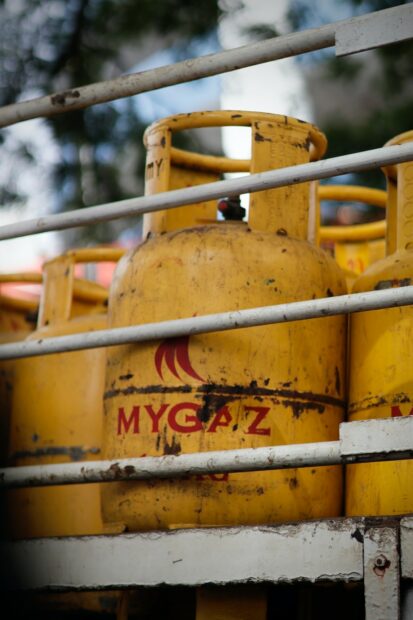
Why is natural gas so often treated as a special case? Partly because as fossil fuels go, it is relatively clean burning. Compared to coal or petroleum products, natural gas produces lower levels of almost all types of air pollutants.
Natural gas also produces less carbon dioxide than coal when it combusts. Assuming that the power plant burning it is new and efficient, natural gas emits 50 per cent to 60 per cent less carbon dioxide than coal burning in an equivalent power station. Countries that have replaced some of their coal use with natural gas find that this reduces their carbon emissions.
But, carbon dioxide is not the only greenhouse gas. Natural gas mainly consists of methane, itself a very harmful greenhouse gas. For the first 20 years after it reaches the Earth’s atmosphere, methane has over 80 times the global warming effect of carbon dioxide. Carbon dioxide causes more damage in the longer term, but the urgency of the climate threat means that what happens in the next few years is vitally important.
Our current systems for extracting natural gas and getting it to the point of use have many weak spots. These are points where methane can – and does – leak into the atmosphere and contribute to global warming. A 2020 study on the Permian Basin in North America, one of the world’s richest sources of fossil fuels, found that leakage was much higher than previous estimates suggested. The implication of the study is that inventory-based methods for calculating leakage tend to seriously underestimate reality. The true level of leakage is enough to cancel out any climate benefits of switching from coal to gas.
Is natural gas compatible with cutting greenhouse gas emissions?
The concept of natural gas as a “transitional” fuel is based on many assumptions, most of which do not stand up to scrutiny. In theory, a straight swap from a power plant running on diesel or coal to one running on natural gas would mean a drop in carbon dioxide emissions and other pollutants. But, this does not take into account the harmful methane emissions from the extraction, transport and preparation of natural gas.
It also ignores the fact that a straight swap between types of power station is a fantasy. To switch to gas, you need to invest in the necessary infrastructure. This means a financial commitment to gas as an important fuel source. This is what South Africa’s Integrated Resource Plan (IRP) implies. It describes gas as “a complement to renewable energy” rather than a stepping stone on the way there. The IRP sets out the intention to explore new sources of gas and work with the Southern African Development Community to build new infrastructure.
The problem is that to reach net zero, the world needs a radical reduction in the use of natural gas, along with every other fossil fuel. Committing to gas through infrastructure investment means either abandoning this investment before getting a satisfactory return or abandoning any hope of achieving climate targets.
Can technology make natural gas greener?
The science is clear: natural gas is not renewable. It does not belong in the same category as genuinely renewable energy sources, such as wind or solar. This truth is hard for gas-dependent countries to accept as they try to decarbonise.
In 2021, a third of Europe’s energy for electricity, transport and heating came from gas. Of course, the share of different energy sources varies greatly between countries. Countries with a higher proportion of gas use will find the renewables transition harder. Examples include Italy, which meets 40 per cent of its energy needs with gas, and the Netherlands (38 per cent). The more widespread the gas infrastructure, the greater the costs of switching away from it.
The United Kingdom is a good example of a heavily gas-dependent country wrestling with the costs of decarbonisation. At least 80 per cent of homes are connected to a gas supply for either heating, cooking or both. However, scientists say that natural gas is only compatible with a pathway to net zero greenhouse gas emissions if countries still using it invest in technologies like carbon capture and storage while they taper their consumption down. This is why the United Kingdom is spending up to £1 billion (roughly R20.5 billion) on its Carbon Capture and Storage Infrastructure Fund.
However, to reach net zero, the United Kingdom will still need serious investment in electrifying its economy and minimising gas use. The Climate Change Committee estimates that the United Kingdom needs to install two million electric heat pumps by 2025. As of October 2022, it had installed 280,000 – less than a fifth of what is required.
For countries that are moving away from coal but not yet committed to gas, there is an easier path. Make the switch directly to renewables.
Can natural gas ever be renewable?
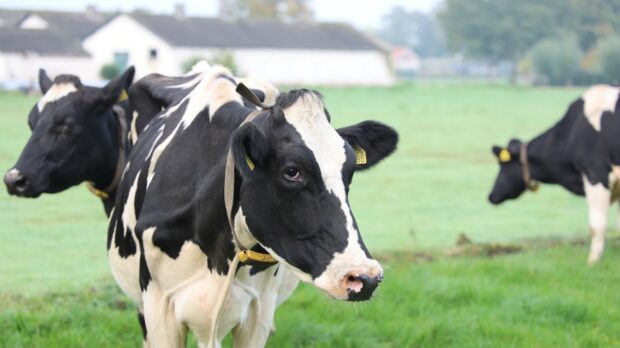
One type of gas fuel that could be described as renewable is biogas. This is produced by the decomposition of organic matter, such as food waste, plant material, sewage or rubbish. It is often a byproduct of sectors like farming, food production or wastewater treatment. Like natural gas, it consists mainly of methane, although the exact composition depends on the feedstock. But, unlike natural gas, which takes millions of years to develop, biogas can be produced in a relatively short time.
Some advocates see biogas as a green energy source and a possible substitute for natural gas. They describe it as renewable because humans and animals will keep generating waste with the associated methane emissions. Capturing this methane and using it as fuel is better than just letting it reach the atmosphere. However, it still produces greenhouse gas emissions.
Countries with extensive gas infrastructure may use biogas to slightly lower the climate impact of their gas use. The United Kingdom is one such country and has been rapidly increasing the amount of energy it produces from bioenergy. But, the United Kingdom still cannot meet more than 10 per cent of its gas demand from biogas. It is not a true substitute because, at present, the world cannot produce it sustainably in sufficient quantities. This means that making biogas a more important part of the fuel mix is a risky move. If more countries come to depend on it, we may start generating more feedstocks on purpose just to make more fuel. This would be disastrous for the climate. Ultimately, all countries need to minimise their gas consumption and invest in technologies to minimise emissions from it.
Natural gas in South Africa
South Africa is one of the countries that has committed to move away from coal. The Political Declaration on the Just Energy Transition in South Africa, signed in November 2021, acknowledges the need to “accelerate the retirement of coal power and the deployment of renewables”.
The Integrated Resource Plan that commits South Africa to natural gas was published in 2019 before the declaration was signed. Since the publication of the IRP, South Africa has also strengthened its emissions reduction commitment under the Paris Agreement. Now, the goal is to reduce emissions to 350-420 million tonnes of carbon dioxide equivalent by 2030.
Transitioning to gas would be incompatible with both these important pledges. It would also be incompatible with science-based pathways and the world’s changing approach to fossil fuels. A 2022 study in Nature found that to keep global warming below 1.5°C, we would need to leave nearly 60 per cent of natural gas in the ground. This scientific reality could translate into serious problems for governments that back the wrong fuel. International regulations or changing demand could turn expensive gas infrastructure into stranded assets: infrastructure that is paid for and fully usable but no longer needed.
Securing the future
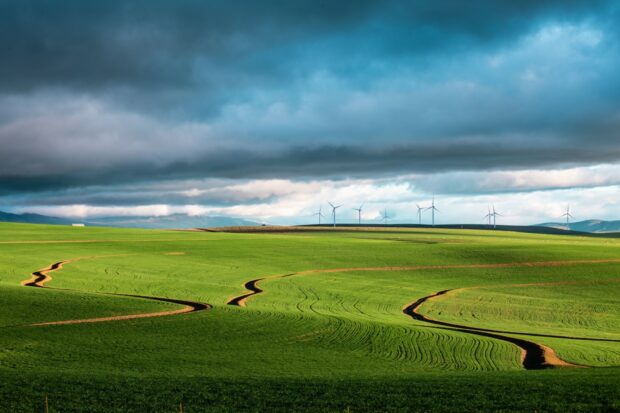
In contrast to gas infrastructure, there is very little risk of renewable generation projects becoming stranded assets in the future. Renewables also equate to cheaper energy. A study by the International Renewable Energy Agency (IRENA) found that most of the electricity generation from renewable projects built in 2021 will be significantly cheaper over its lifetime than coal or gas. Accordingly, IRENA describes a “seismic improvement in the competitiveness of renewables” from 2010 to 2021.
Unpredictable gas prices make renewables a much safer option too. The IRENA report explains that failure to invest in renewables carries its own cost. “That countries have not prioritised accelerated renewable power generation capacity deployment in this year, but left the response largely to individuals and business, appears likely to have cost society billions of dollars this year and the next in direct energy costs. This is before accounting for the macroeconomic damage that accrues from the fossil fuel price crisis.”
Natural gas brings a poor return on investment. It also carries the heavy opportunity cost of failing to invest in cheaper, greener energy. Countries like South Africa must avoid this risky path and commit to genuinely renewable energy sources. This is the only way to ensure a secure energy future.
Related Articles
Eskom: Green energy saves water
Generating electricity from fossil fuels has a hidden cost: South Africa’s already scarce supply of fresh water.
The false promise of ‘clean’ coal in South Africa
Even using the cleanest technology available, coal’s severe environmental, health and climate consequences remain unavoidable.

